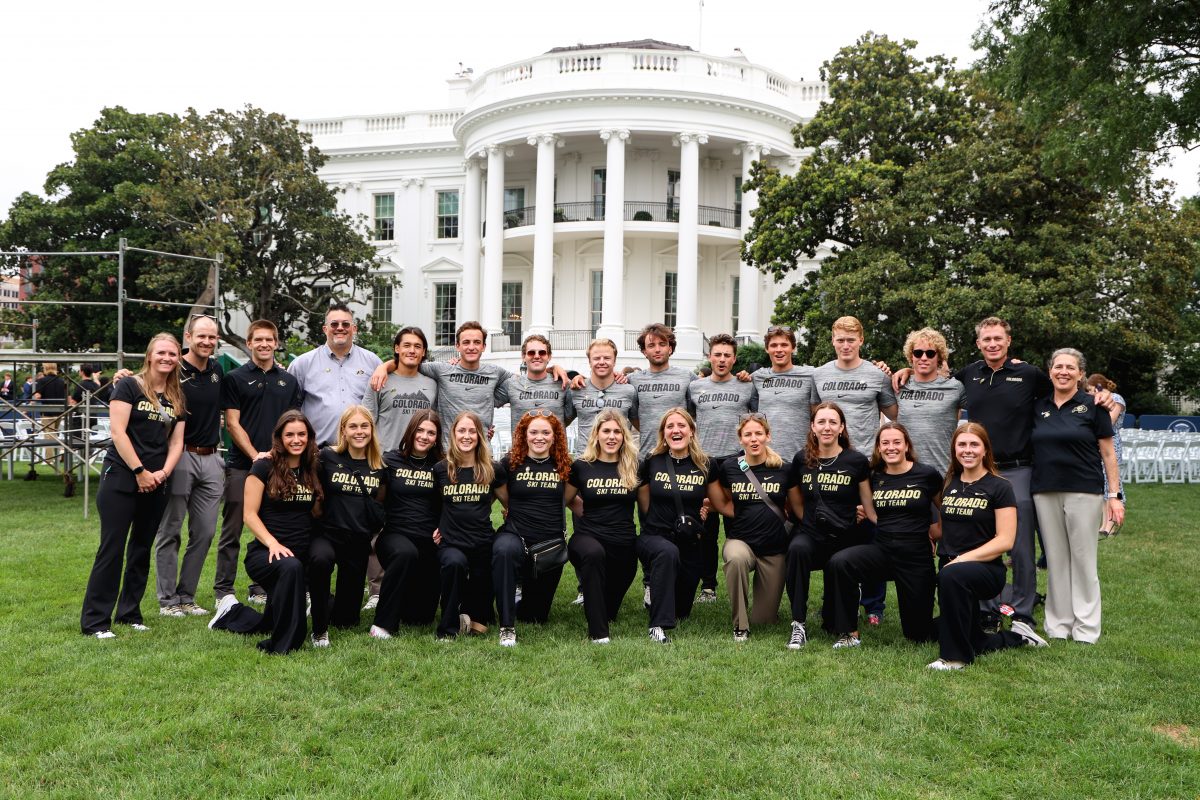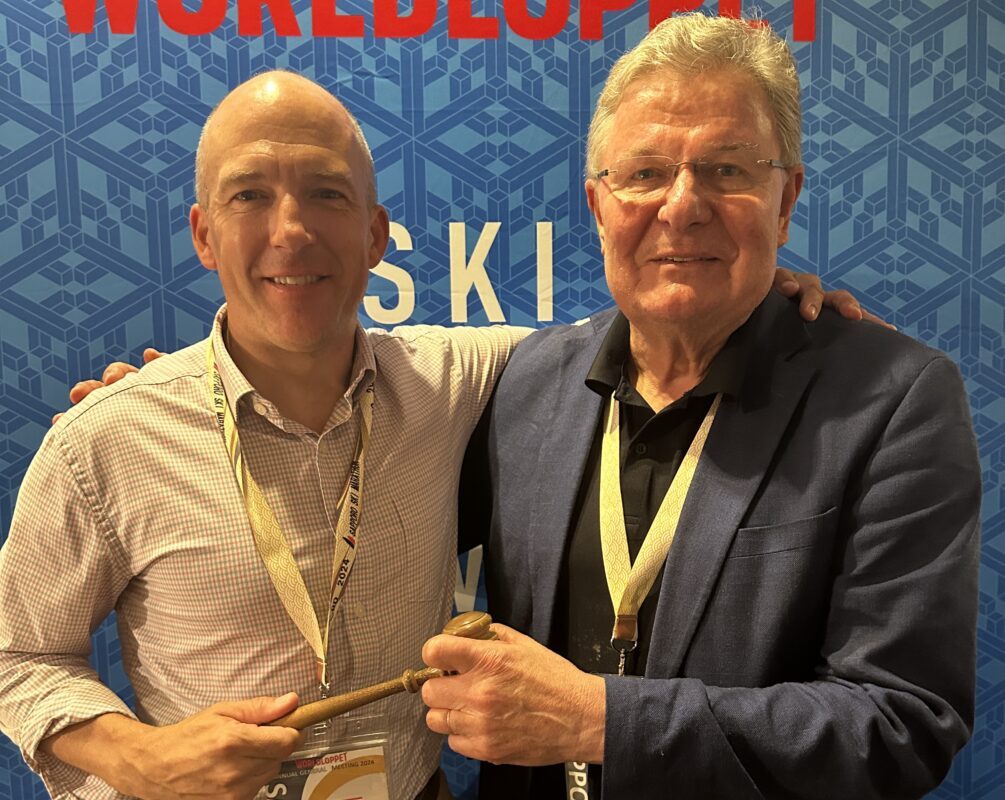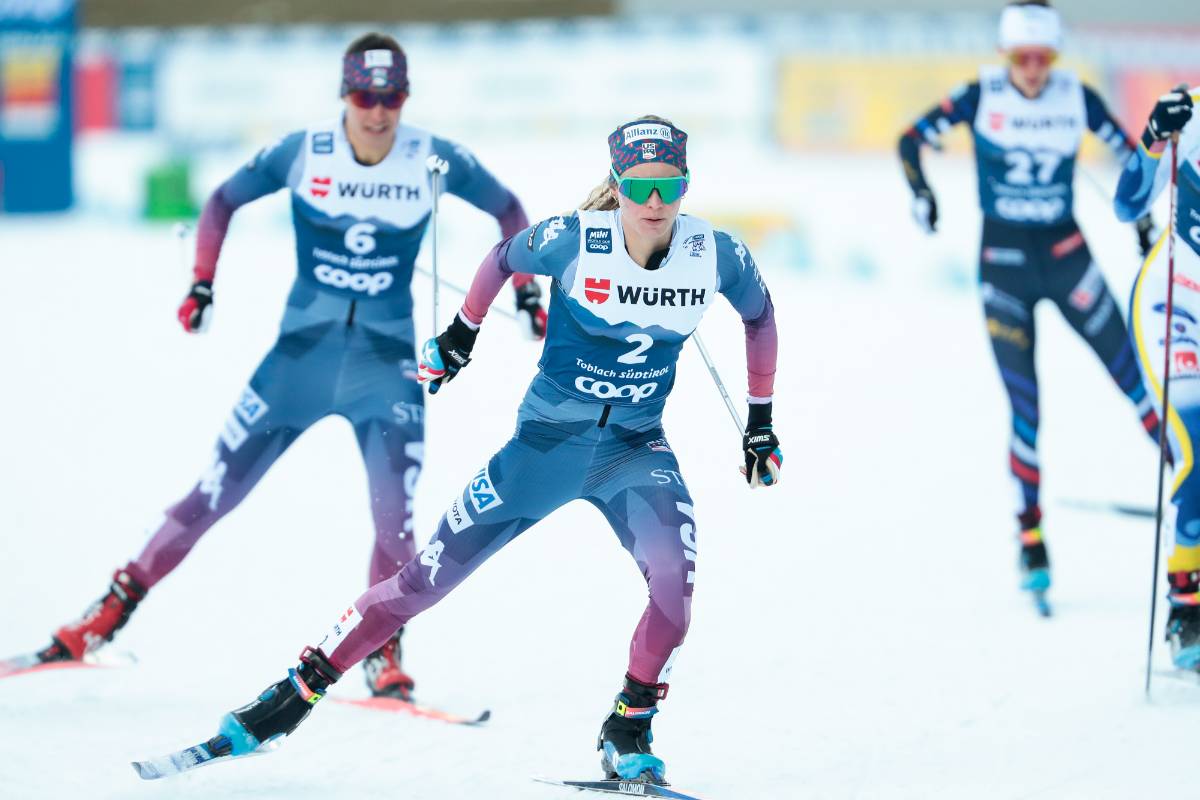Last month a group of six skiers from Bozeman, Montana travelled to Sweden to participate in the famed Vasaloppet. Tomas Gedeon provided this account.
The morning starts early – the buses leave Mora for 90 km distant Salen between 4:30 and 5:00 – there must have been more then a hundred buses for the hour and half ride to the start. The last 10 km is completely clogged and we arrive at the start at 7 am. There are never enough port-a-potties so there are people everywhere relieving themselves in the bushes and down the bank of the river. There are three TV helicopters circling around — capturing footage for the live five hour broadcast on Swedish national TV. There are 16,000 people starting the race – half the city of Bozeman.
 we had to start in the last wave behind 10,000 people. The whole mass is stretched for about a half a mile, 100 – 150 people wide, and when it starts, it takes about 5 minutes before those of us at the back begin to move. We do not even hear a starters gun. And then, after about a mile, there is a hill where all grinds to a standstill.</p>
<p>The trail is completely packed – people step on your poles, skis and you step on theirs. Skiers fall, poles break and it takes an hour and 10 minutes to shuffle up the first hill (about half a mile long). It was the weirdest experience I have ever had. You talk a bit to your neighbors, but mostly it is eerily silent – just wood on wood, skis on skis.</p>
<p>After you climb that first hill you can start skiing. All traces of tracks for skis, however, are gone after 10,000 people; the snow is transformed into an icy mess, and, in addition, this particular day conditions were right around zero C with fresh snow – the worst possible conditions for waxing. We had minimal kick and had to double pole. It is a great and solemn sight as lines and lines of people double pole across the vast flat planes, across forests, along lakeshores and through small hamlets and villages. Swedes are tough, tough people; there was a guy who has done it 55 years in a row (he started in 1953, when he was 19). There are women, old people and young people: everyone just puts their poles down, pushes, and repeats for 8,9, 10 hours.</p>
<p>The Swedish king has done it three times, the crown prince once, and one of the princesses has done the women’s Vasa (which is 30 km). Everywhere you go in Sweden people either have done it, really wish the have done it, or plan to do it. For them it is not a race – it is a national rite of passage, which separates boys from men.</p>
<p><center><img decoding=)
FasterSkier
previous
Burke Mountain Academy announces Assistant Nordic Coach Opening
next



